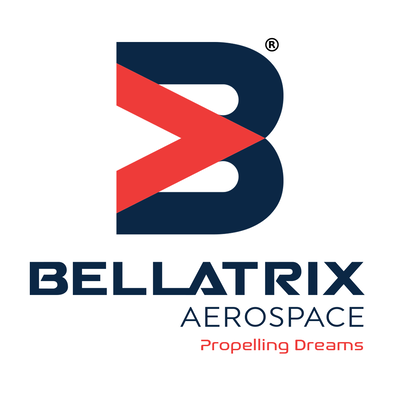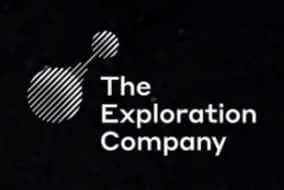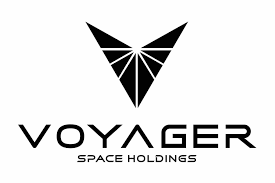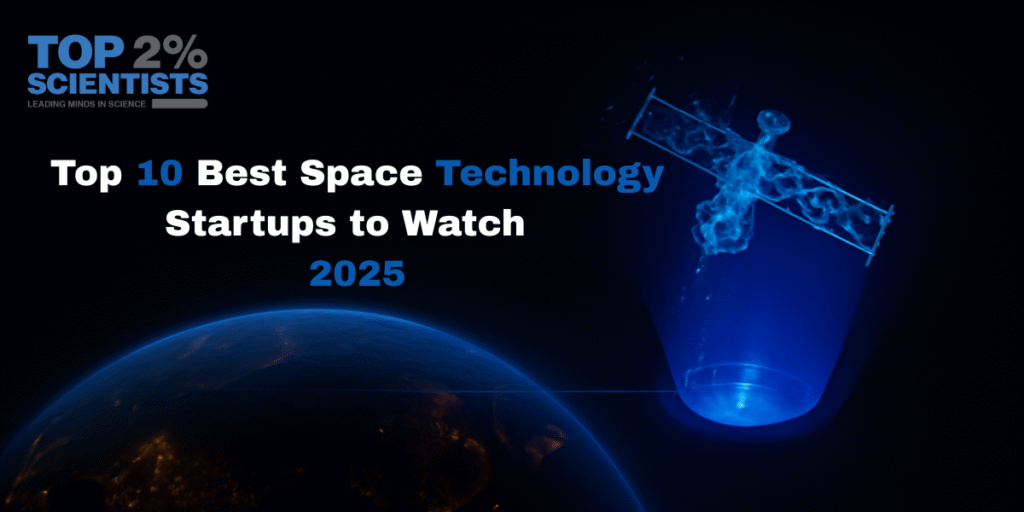The space technology startups 2025 sector is witnessing rapid growth, with numerous innovative companies at the forefront of transforming space exploration, satellite technology, and space-based services. These startups are leveraging cutting-edge technologies, from semi-cryogenic rocket engines to climate-monitoring satellites, to revolutionize how we access and utilize space. As we move into 2025, these space technology startups are set to shape the future of space travel, communications, and sustainability. This article highlights the top 10 startups to watch in 2025, showcasing the industry’s most exciting developments.
Comparison of Top Space Technology Startups 2025
| Company | Founded | Key Focus | Key Achievement | Tech/Innovation |
|---|---|---|---|---|
| Agnikul Cosmos | 2017 | Semi-cryogenic rockets and affordable launches | Tested India’s first semi-cryogenic rocket engine | Electric motor-driven semi-cryogenic engine |
| Muon Space | 2020 | Climate monitoring satellite constellation | Launched MuSat-1 in June 2023 | Satellite constellation for climate monitoring |
| Firefly Aerospace | 2014 | Small- and medium-lift rockets | Received $50M investment for the Eclipse rocket | Reusable small- and medium-lift rockets |
| E-Space | 2022 | Satellite communications and debris reduction | Developed satellites that deorbit when damaged | Debris-reducing satellite network |
| Albedo Space | 2021 | High-resolution Earth observation satellites | Launched Clarity-1 satellite with 10cm resolution | 10cm resolution Earth observation satellites |
1. Agnikul Cosmos (India)

- Founded: 2017
- Why They Are Leading: Agnikul is the first company in India to develop an electric motor-driven semi-cryogenic rocket engine, offering more efficient and cost-effective satellite launch services.
- Key Achievement: Successfully tested its semi-cryogenic rocket engine and is developing the Agnibaan rocket for small satellite launches.
- Focus: Providing cost-effective, on-demand satellite launch services for small payloads (100-150 kg) to Low Earth Orbit (LEO).
Agnikul Cosmos is an Indian aerospace startup focused on making space launches more affordable and efficient. They have developed India’s first electric motor-driven semi-cryogenic rocket engine. Their Agnibaan rocket is set to provide on-demand satellite launch services for small payloads.
2. Muon Space (USA)

- Founded: 2020
- Why They Are Leading: With its satellite constellation dedicated to climate monitoring, Muon Space offers high-resolution data to aid environmental sustainability and disaster management.
- Key Achievement: Launched MuSat-1, their first satellite, in June 2023.
- Focus: Creating a climate-monitoring satellite constellation that provides actionable data for environmental solutions.
Muon Space is dedicated to building a climate-monitoring satellite constellation for Earth observation. Their goal is to provide high-resolution, actionable data to combat environmental challenges. The company’s MuSat-1 satellite launched in 2023 marked the beginning of their ambitious climate monitoring mission.
3. Firefly Aerospace (USA)

- Founded: 2014
- Why They Are Leading: Their Alpha and Beta rockets are designed to offer flexible and affordable launches, addressing the growing need for commercial satellite deployment.
- Key Achievement: Secured $50 million in investment from Northrop Grumman to support their Eclipse rocket program, aiming for its first launch in 2026.
- Focus: Providing affordable and reliable satellite launch services for small payloads through their innovative rockets.
Firefly Aerospace is a space launch company focused on providing small- and medium-lift vehicle solutions for satellite deployment. They are building the Eclipse rocket to provide cost-effective launch services for small payloads. Their innovative approach aims to make space more accessible for commercial clients.
4. E-Space (France/USA)

- Founded: 2022
- Why They Are Leading: E-Space aims to address both communication challenges and environmental concerns by developing satellites that can deorbit on their own if damaged.
- Key Achievement: Developing a debris-reducing satellite technology that will improve both space safety and sustainability.
- Focus: Building a satellite network that focuses on efficient communications and debris management in space.
E-Space is working on a satellite network that provides global communication services while addressing the growing issue of space debris. Their satellites are designed to deorbit automatically if damaged, ensuring environmental responsibility. E-Space’s technology promises both efficient communication and enhanced space safety.
5. Albedo Space (USA)

- Founded: 2021
- Why They Are Leading: Their Clarity-1 satellite, launched in March 2025, provides 10-centimeter resolution imaging from space, setting a new benchmark in Earth observation.
- Key Achievement: Successfully launched their Clarity-1 satellite, providing unprecedented high-resolution imagery from space.
- Focus: Developing advanced Earth observation satellites that provide high-resolution imagery for various sectors, including climate monitoring and agriculture.
Albedo Space specializes in high-resolution Earth observation satellites, aiming to deliver critical data for sectors like agriculture and climate monitoring. Their Clarity-1 satellite, launched in 2025, provides unmatched 10-centimeter resolution imaging. This breakthrough sets a new standard for precision in Earth observation.
7. Bellatrix Aerospace (India)

- Founded: 2015
- Why They Are Leading: Bellatrix Aerospace is at the forefront of developing green propulsion systems for small satellites, offering environmentally friendly alternatives to traditional rocket fuel.
- Key Achievement: Successfully tested the RUDRA green propulsion system, which is designed to replace toxic propellants with a more sustainable option.
- Focus: Developing sustainable propulsion systems for small satellite missions to reduce the environmental impact of space launches.
Bellatrix Aerospace is focused on developing green propulsion systems for small satellites. Their RUDRA green propulsion system is designed to replace traditional, toxic propellants. The company’s innovations are making space launches more sustainable and reducing environmental impact.
8. Pixxel (India/USA)

- Founded: 2021
- Why They Are Leading: Their Clarity-1 satellite, launched in March 2025, provides 10-centimeter resolution imaging from space, setting a new benchmark in Earth observation.
- Key Achievement: Successfully launched their Clarity-1 satellite, providing unprecedented high-resolution imagery from space.
- Focus: Developing advanced Earth observation satellites that provide high-resolution imagery for various sectors, including climate monitoring and agriculture.
Pixxel is building a constellation of hyperspectral imaging satellites to provide advanced Earth observation data. Their satellites will capture detailed information about the Earth’s surface, which is valuable for agriculture, disaster management, and environmental monitoring. Pixxel aims to revolutionize how we observe and manage Earth’s resources.
9. The Exploration Company (Germany)

- Founded: 2018
- Why They Are Leading: The Exploration Company is developing modular space exploration systems that support sustainable human missions to the Moon and Mars, focusing on cost-effective and adaptable technologies.
- Key Achievement: Secured significant funding and is working on building the infrastructure necessary for long-term human presence in space.
- Focus: Creating flexible, modular space systems for interplanetary exploration, with an emphasis on sustainability and cost-efficiency
The Exploration Company is developing modular space exploration systems aimed at supporting sustainable human missions to the Moon and Mars. Their innovative designs focus on creating adaptable, cost-effective systems for space missions. The company is positioning itself as a key player in the future of interplanetary exploration.
10. Voyager Technologies (USA)

- Founded: 2020
- Why They Are Leading: Voyager Technologies is focused on developing commercial space stations, including their Starlab project, which aims to provide a sustainable platform for research and commercial activities in low Earth orbit.
- Key Achievement: Secured over $200 million in NASA funding to support the development of Starlab, a commercial space station that will serve as a research hub in space.
- Focus: Building commercial space stations in low Earth orbit to enable long-term space exploration and research.
Voyager Technologies is focused on developing commercial space stations, including their Starlab project. They’ve secured significant funding, including $200 million in NASA grants, to create low Earth orbit commercial platforms. Voyager’s work could redefine how humanity utilizes space for research and commercial purposes.
The Future of Space Technology Startups in 2025: What’s Next?
As we look towards 2025, these space technology startups 2025 are not just shaping the future of space exploration, satellite communication, and environmental monitoring, but are also laying the groundwork for a new era of space innovation. Their groundbreaking technologies are set to unlock new industries and opportunities in space, making access to outer space more affordable, sustainable, and efficient. These startups are at the forefront of making space accessible for commercial clients, researchers, and industries worldwide.



